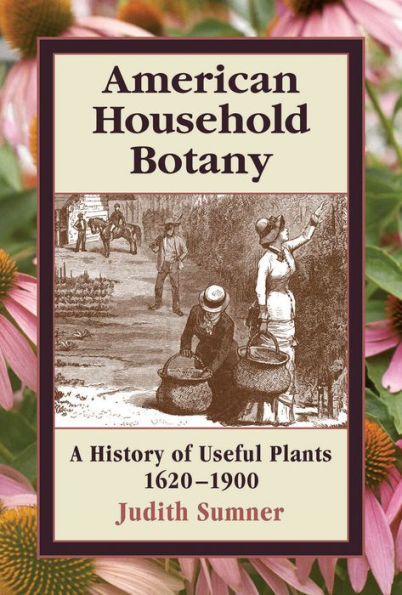Read an Excerpt
Puritan colonists were motivated gardeners whose survival depended on the productivity of their plots. The practical role of seventeenth century gardens was to provide food and herbs for household use; the earliest New World gardens planted by European immigrants were not the grounds surrounding villas or great houses, although some pleasure was probably derived from a pleasing layout and successful husbandry. In 1639 Colonel George Fenwick, second governor of the Saybrook Colony in Connecticut, wrote to colonist John Winthrop: "We both desire and delight much in that primitive imployment of dressing a garden." Winthrop later sent saplings to George and Alice Fenwick, whose correspondence reveals that they cultivated cherries, peaches, and apples as well as thriving garden plots.
Early settlers were direct descendants of the British gardening tradition and carried familiar garden plants and traditional tools and techniques to their New World gardens. Old World practices combined with botanical and cultural information gleaned from Native American farmers, and colonial American gardens reflected these melded traditions. Field crops provided Indian corn as well as European grains such as wheat, rye, and oats. The various colored cultivars of "Turkey Wheate" became a staple in the diet of Europeans arriving in the New World, although many regarded corn as a food more suitable for cattle than people. Colonists also carried seed stock from home, including some grains that are no longer commonly grown. Josselyn described silpee, or naked oats, cultivated in New England; this was most likely Avena nuda, a close relative of common oats (A. sativa), in which the grains fell away from their coverings with ease. Housewives probably favored naked oats because of the simplicity of preparing them without a mill, and Josselyn mentioned them as an ingredient in one of the "standing dishes" of New England. He described a meal of oatmeal simmered in milk and flavored with sugar and spice, similar to "white-pot," a traditional Devonshire pudding compounded of cream, flour, eggs, and spices.
Vegetables and herbs were grown in rectangular beds that were enriched with all available household, human, and animal wastes. The reconstructed gardens at Plimoth Plantation reflect the strategies for growing plants in small, intensive plots, with an emphasis on reliable crops that would fill the gaps in a diet of grains, meat, and fish. Cabbages, cauliflower, and leafy coleworts (all cultivars of Brassica oleracea) are members of the mustard family (Cruciferae or Brassicaceae) that were grown both as food and medicine; cauliflower in particular was considered suitable for gentlemen's tables, but acceptable dishes were also prepared by boiling cabbages and coleworts in meat broth. Coleworts are leafy wildtype forms, similar to modern kale, while cabbage develops with its leaves wrapped tightly around a giant terminal bud. Cabbages



